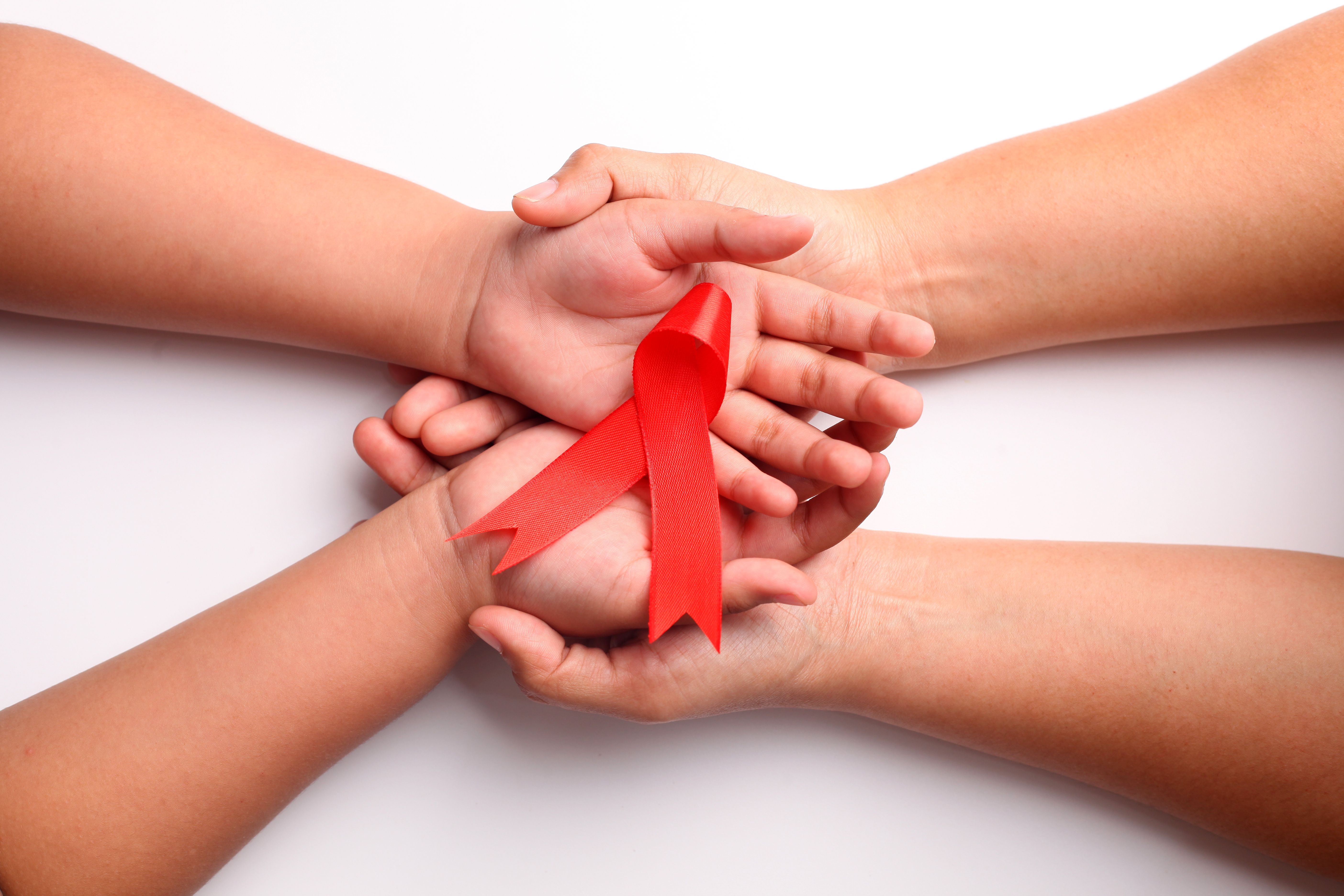Video
AURORA 2 Study of Voclosporin in LN Treatment
Jorge Larranaga, MD, discusses the AURORA 2 study and its emphasis on voclosporin.
Jorge Larranaga, MD: In 2021, we were able to review the AURORA 1 [NCT03021499] and AURORA 2 [NCT03597464] trials, which incorporate a CNI [calcineurin inhibitor] into the treatment paradigm of these complex patients. We’ve known that the CNIs, particularly tacrolimus, FK506, has initially started and has been used in patients with lupus nephritis, particularly from the Chinese data. However, the CNIs don’t come free of problems. We have long, extensive experience with the CNIs in our transplant patients. Therefore, with voclosporin [Lupkynis]—a derivative of cyclosporin A—changing the carbon in the first amino acid of the chemical structure has led voclosporin to have better pharmacokinetics, better area delivery under the curve, and fewer complications, at least up to 3 years.
We’ve seen no complications when it comes to renal impairment or renal ischemia induced by vasoconstrictions of this class of drug. We recognize that it’s the only FDA-approved oral medication for the management of lupus nephritis. We recognize that it doesn’t interfere with MMF [mycophenolate mofetil] metabolism, which is important. Based on the AURORA 1 trial, we also recognize that it’s a metabolically neutral drug in the sense that we don’t see hyperglycemia, hyperlipidemia, or the complications seen by this class of drug. It’s a novel structure that has been chemically redone from the backbone of a cyclosporine CNI. There are no drug levels to monitor, which makes it even nicer when it comes to our management.
The AURORA trial with voclosporin was a 52-week, randomized, double-blinded, placebo-controlled trial in which they added voclosporin to the standard of therapy of MMF and steroids—the standard of therapy was set by our peers—and subsequently with the placebo version of MMF, steroids, and RAS blockade. All these patients had RAS blockade as the standard backbone of management for protein reduction. The 52-week trial will show the primary end point of obtaining a urine PCR [protein-creatinine ratio] of less than 500 mg per day and preserved GFR [glomerular filtration rate], but no greater than 20% reduction in an acute setting. Low-dose steroids were the goal, to see if we’re able to maintain these patients with a low protein excretion and preservation of GFR with minimal steroid therapy long-term.
The study was quite impressive in that the FDA had early approval for this drug, particularly because you showed that 40.8% vs 22% accomplished complete remission, with a 2.7-times likelihood of response. These numbers weren’t being described in previous studies from the early 2000s. In addition, as primary end point, it accomplished a rapid reduction of proteinuria within 24 weeks, but over 80% of these patients had less than 2.5 mg of prednisone per day, or some were totally off of prednisone. That’s the moral to the story: by adding a CNI of this magnitude to the backbone of conservative management or management of lupus nephritis, very minimal steroid therapy added to the standard of therapy of voclosporin has significant impact in these patients. We’re looking forward to future studies or longer therapies of the medications, particularly the AURORA 2 trial, where it goes up to 2 years past the event and we’re able to demonstrate that the protein reduction remains suppressed and the GFR remains stable.
There’s always a dispute with respect to the CNIs causing a vasoconstrictive phenomenon and a hemodynamic phenomenon, decreasing GFR within the first 4 weeks of treatment. As nephrologists, we’ve seen this with RAS blockades. Sometimes our rheumatology colleagues become a little nervous when they see [patients’] creatinine rise and GFR drop upon initiation of these drugs. But you have to spend GFR to preserve GFR, and the data from the AURORA 2 trial has certainly demonstrated that the moment you stop the CNI, the GFR improves, therefore all hemodynamic without permanent damage. These data are only at 2, 24, and 36 months. We’ll see what the long-term data shows at 5, 6, 10, and 12 years, as we have with our transplant CNIs.
Overall, voclosporin shows a significant impact to the current regimen that we have for these patients. It certainly added an extra bullet to our revolver to manage these significant autoimmune diseases. Perhaps the addition of voclosporin may be the new MMF. We respected the MMF data so strongly. Perhaps we’re able to recognize an additional class of drugs, a different mechanism of action, and try to add it to the standard of therapy and improve patient’s outcomes.
The AURORA 2 trial is a continuation of AURORA 1 for an additional 24 months. Several things can be taken from it. The urine PCR remains consistently suppressed. Roughly 63% of the Lupkynis arm maintain the urine PCR of less than 500 mg per day. In addition, we talked earlier about the preservation of GFR. If you’re spending so much energy in reducing proteinuria, you should be able to see the outcome by GFR preservation, which is ultimately our goal to keep these patients off dialysis and decrease their morbidity and mortality. Therefore, by stopping the voclosporin at 3 years, the GFR improved, reflecting there’s no true ischemia, at least up to 36 months. In addition, the tolerability, minimal adverse effects, and complications that we’re seeing were quite comparable to placebo arms. AURORA 1 and AURORA 2 should be commended for their results and the adjunct of data provided for these complex patients.
Transcript edited for clarity.
Newsletter
Stay ahead of policy, cost, and value—subscribe to AJMC for expert insights at the intersection of clinical care and health economics.




